The Muskau Bend (Łuk Mużakowa) UNESCO Global Geopark
The Muskau Bend is the cradle of Lusatia’s lignite mining industry. This unique landscape was shaped by ice age glaciers. The Muskau Bend was included on a list of 77 award-winning national geotopes in 2006, and has been on the list of UNESCO Global Geoparks since 2015.
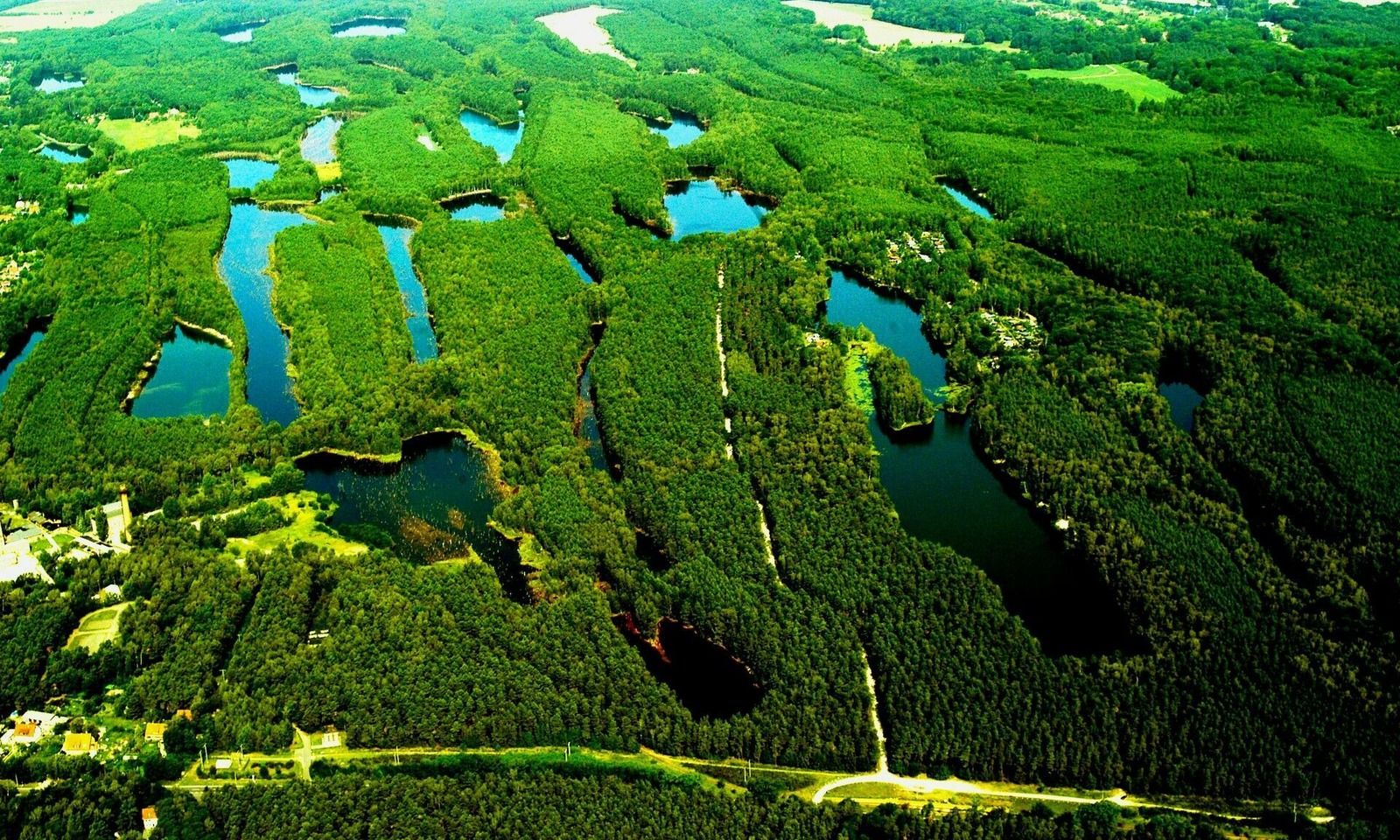
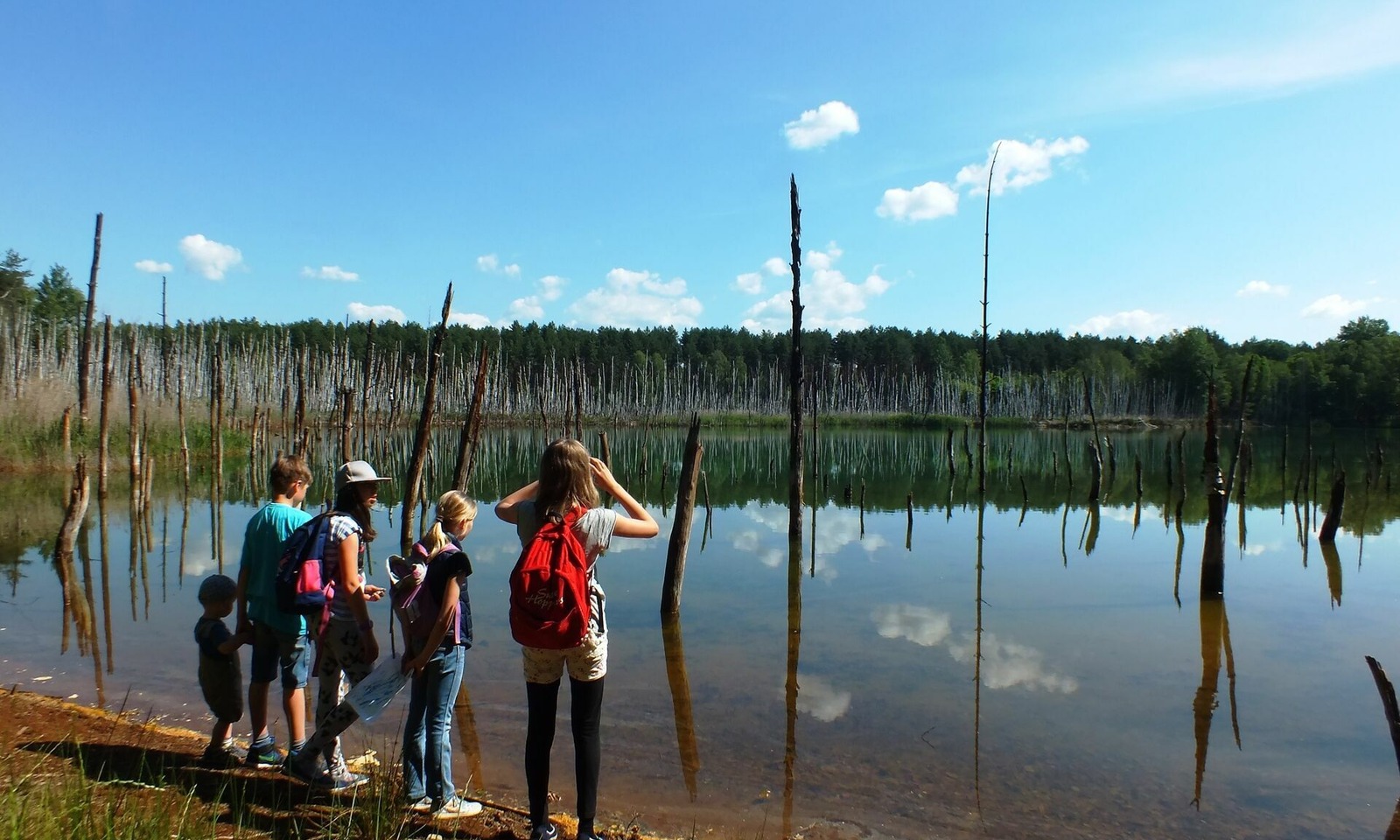
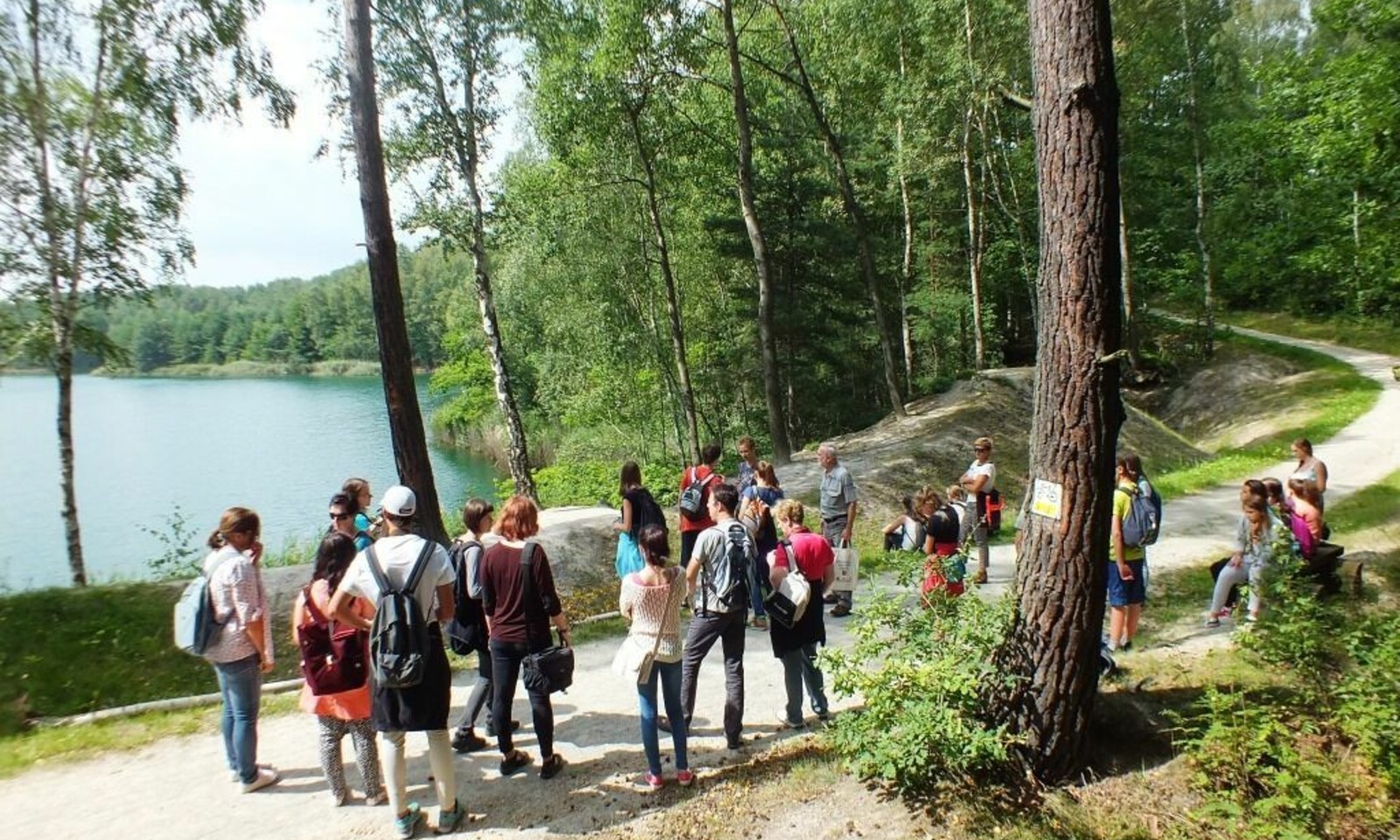
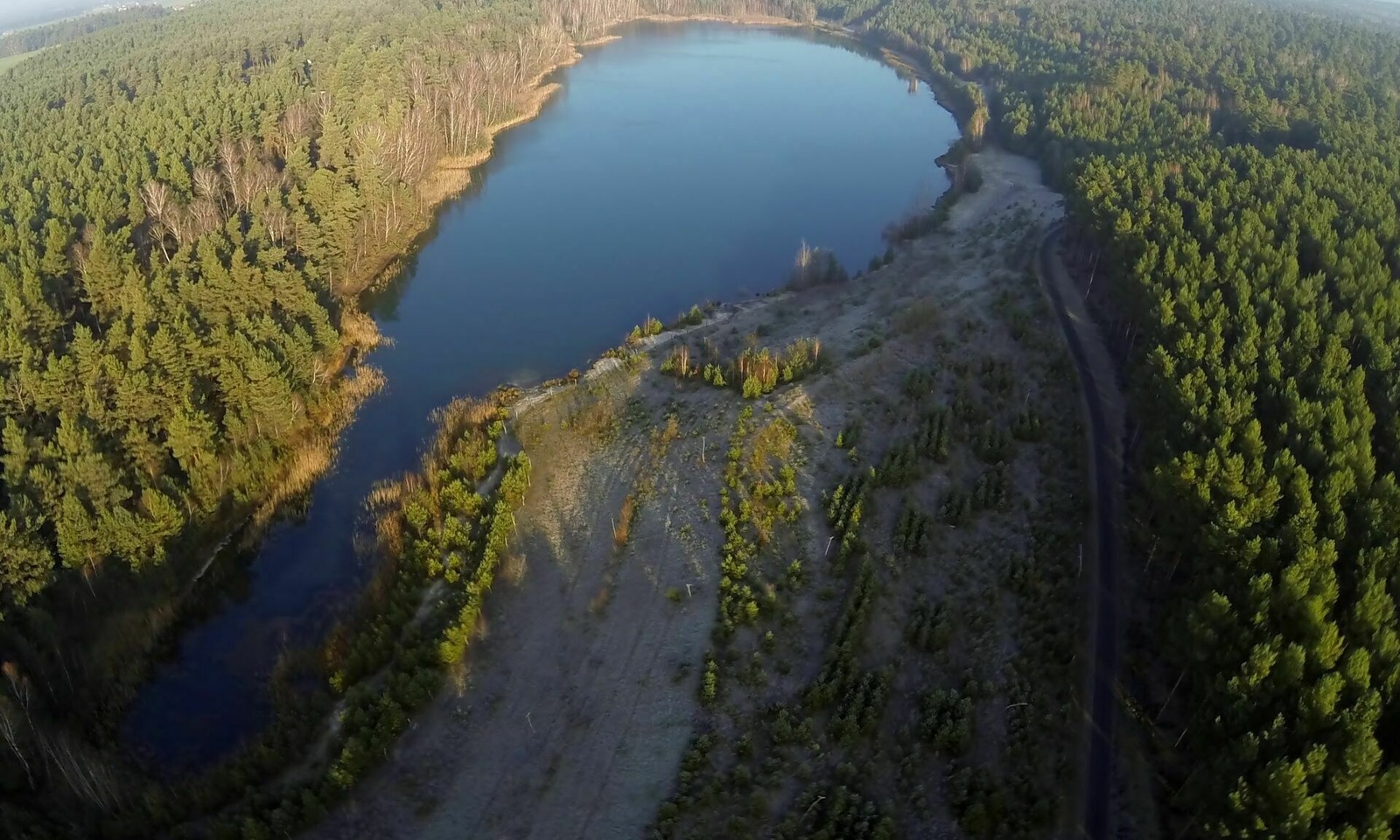
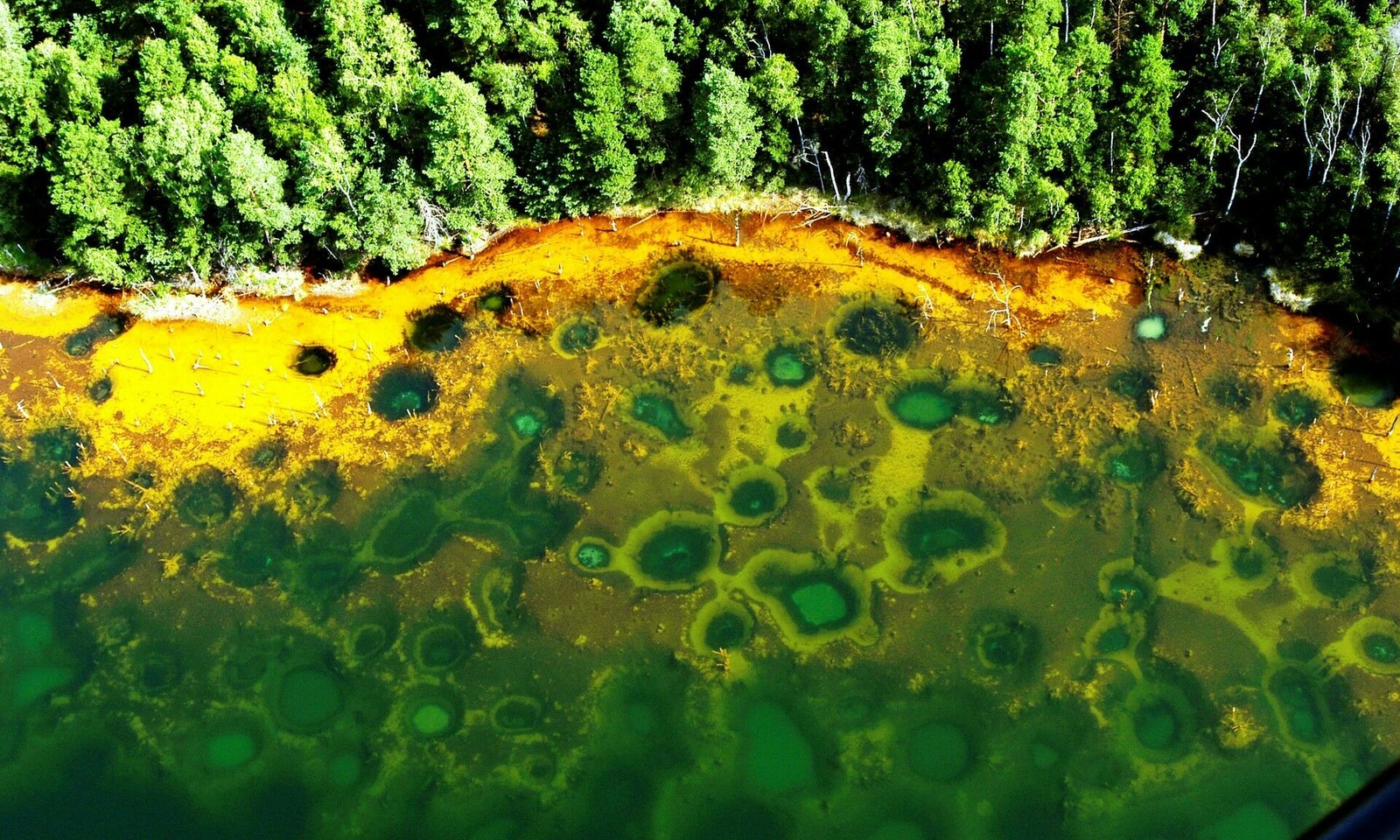
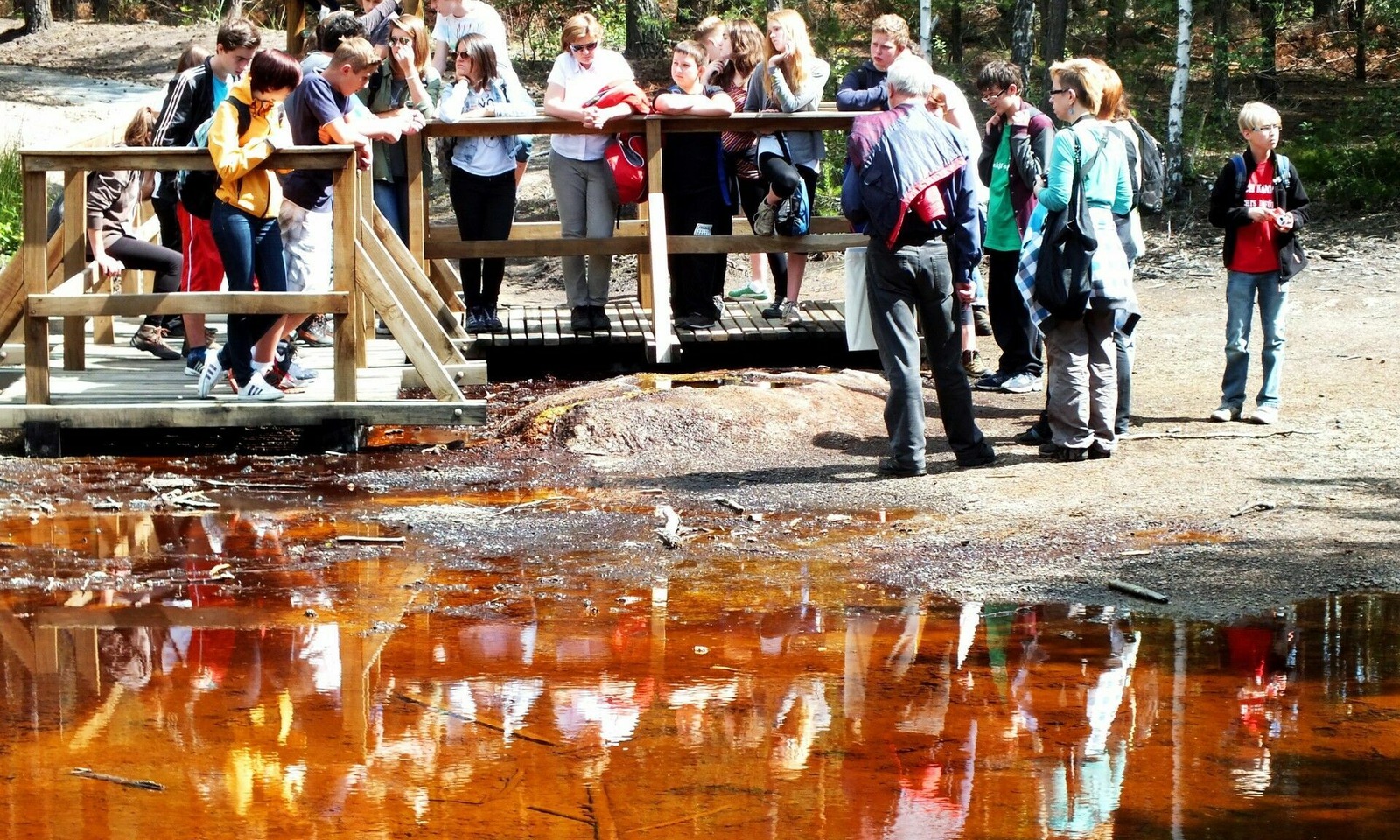
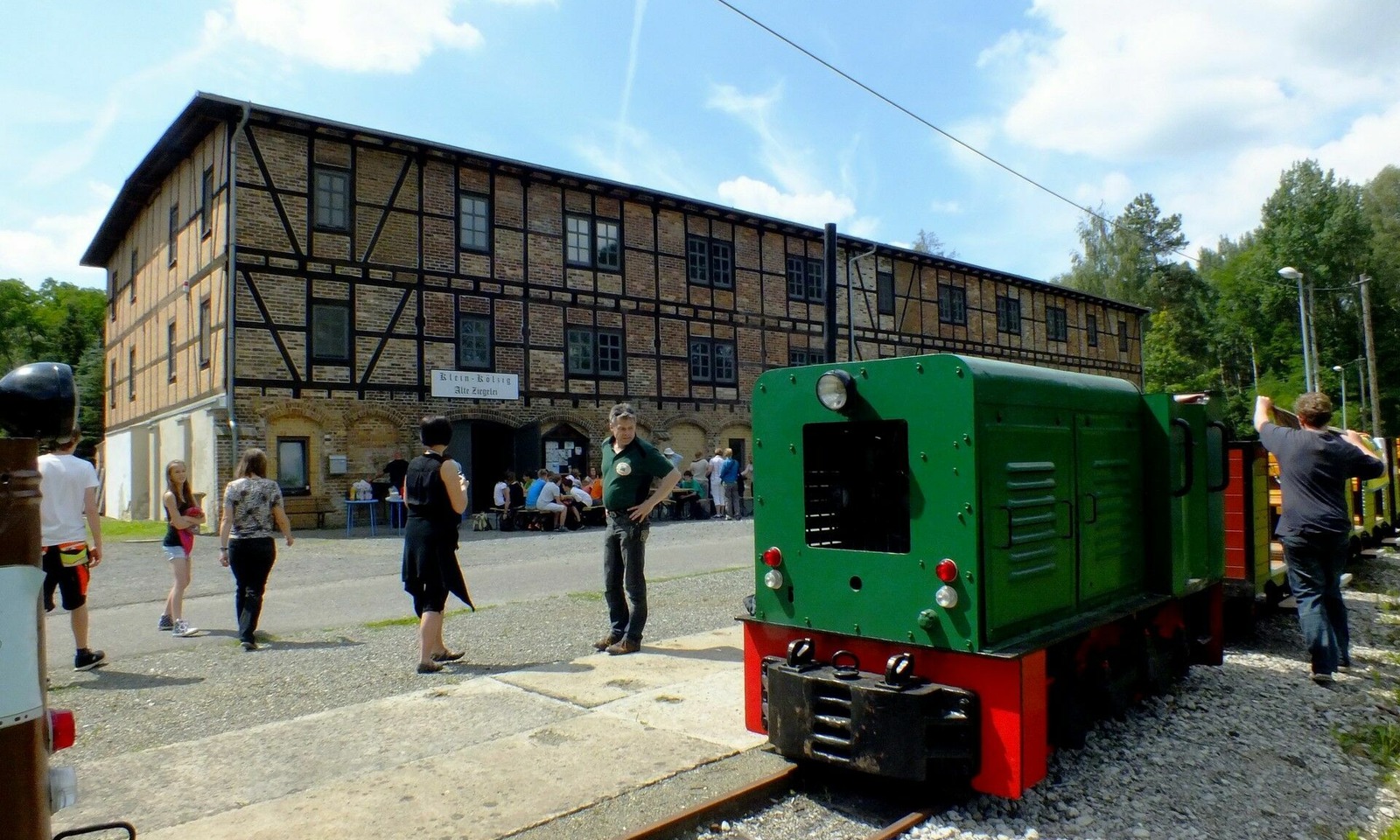
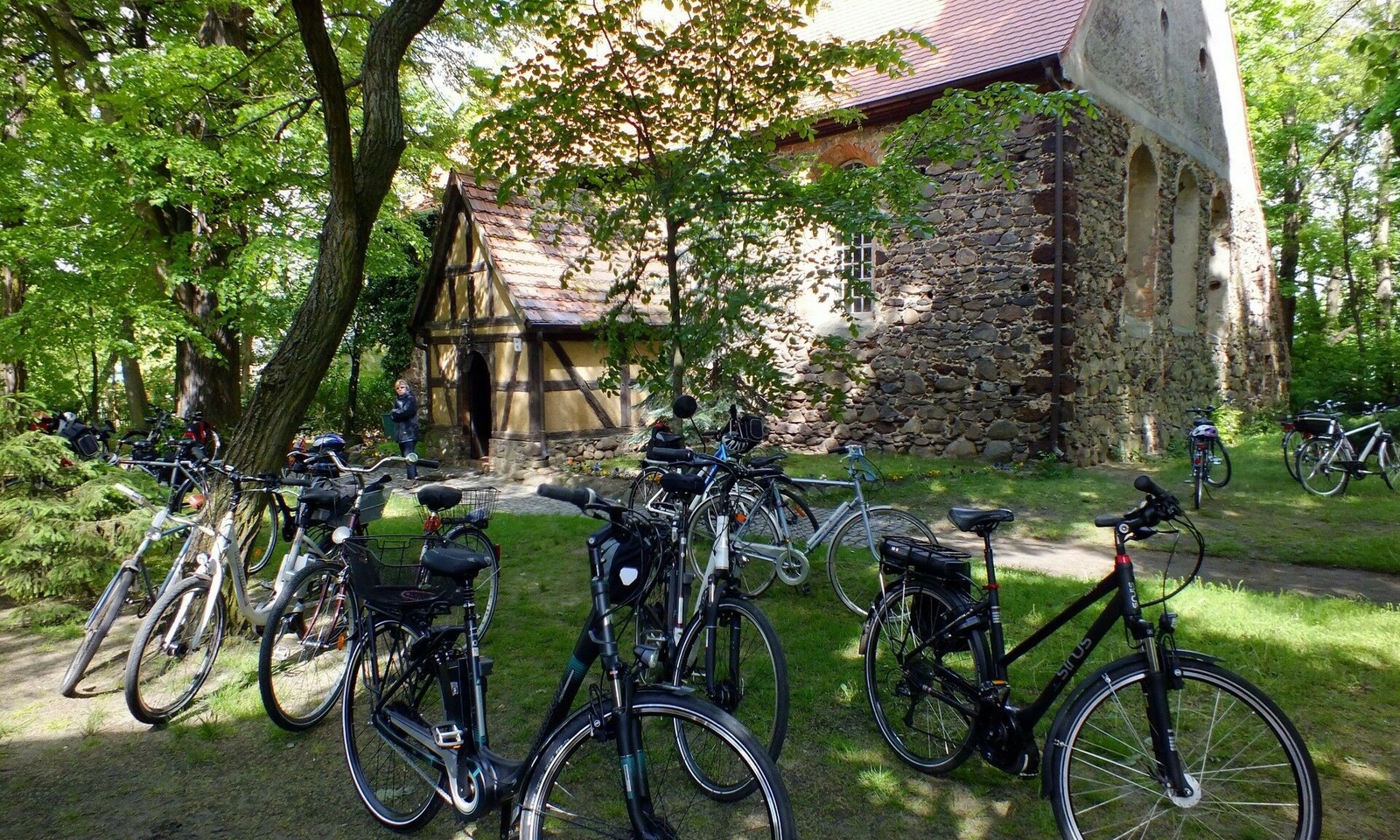
The Muskau Bend, a German-Polish transnational geopark, is the cradle of Lusatia’s lignite mining industry. Ice-age glaciers formed this unique landscape, folding the low-lying coal, clay and glass sand layers and pushing them up within easy reach of the surface, forming a horseshoe-shaped bend. A number of industries settled here in the 19th century: the coal near the surface was excavated in numerous mines, and glass sand was melted down in large factories and processed into high-quality consumer goods. Clay was used in the production of bricks and pottery, while bog iron ore was smelted on a large scale and poured into moulds. At its peak, more than 60 pits were active at the same time, but the advent of more effective lignite mining in Lusatia’s opencast mines brought an end to the Muskau Bend’s importance. Many reminders of this period remain, including unspoilt valleys, known as Gieser, and narrow mining lakes that stretch for hundreds of metres, closely bunched together and shimmering in a kaleidoscope of colours. Nature has gradually reclaimed its former territory. The Muskau Bend geopark is a place of unique and unspoilt beauty, and the former opencast mining region is now home to many forests and small lakes. The Muskau Bend stretches for more than 45 kilometres from Klein Kölzig via Bad Muskau across the Neisse river to Tuplice in Poland. The geopark and its history can be explored on guided walks and along themed cycle routes.
The Muskau Bend was recognised as a national geopark in 2006, and since 2011 has been a member of the European and Global Geoparks Network under the patronage of UNESCO. In 2015, it was added to the list of UNESCO Global Geoparks.
